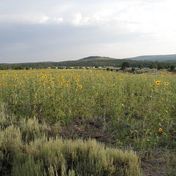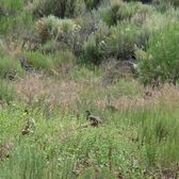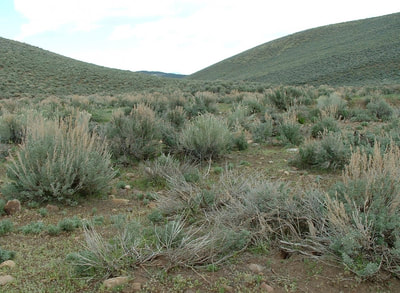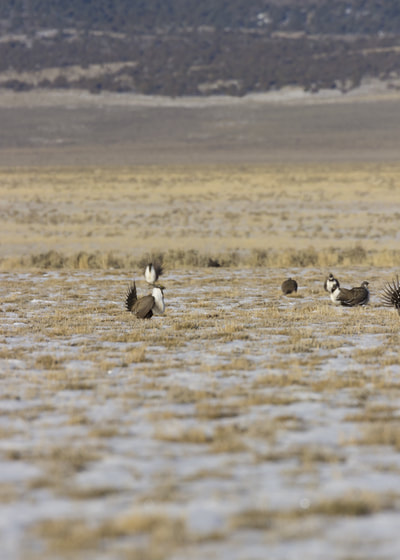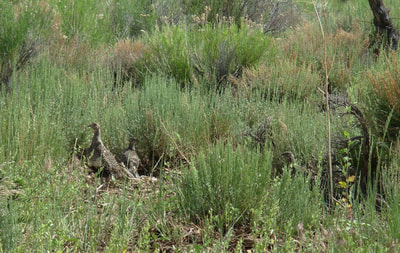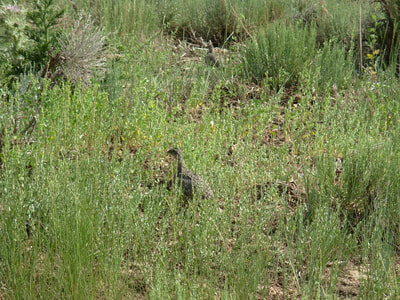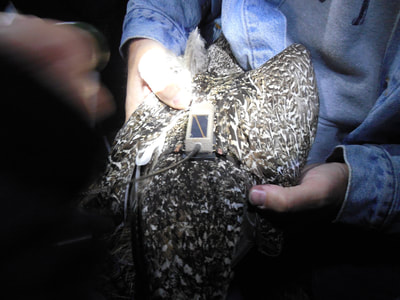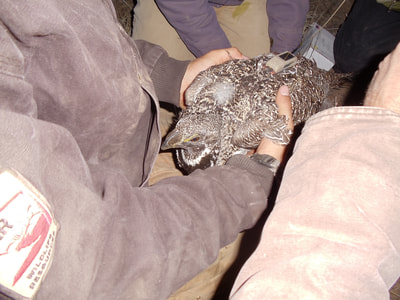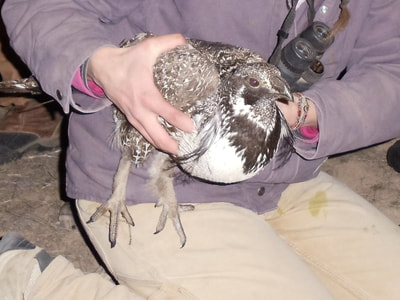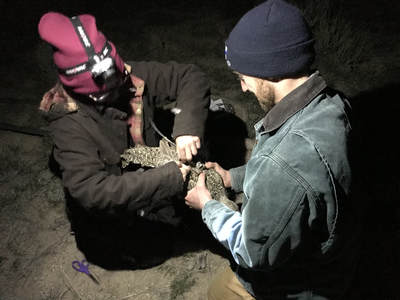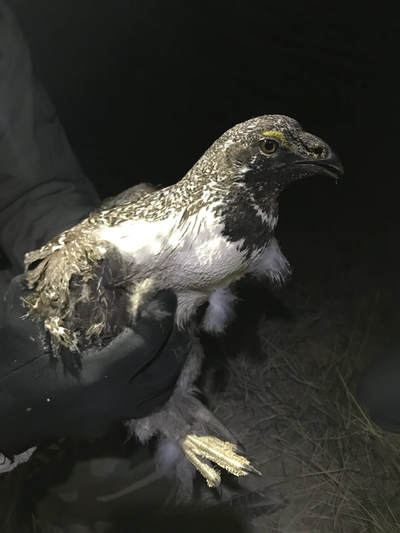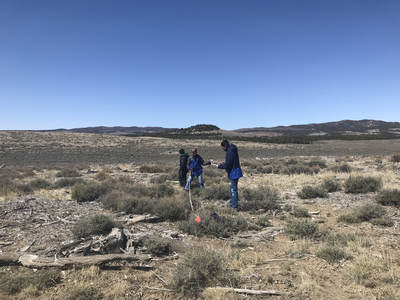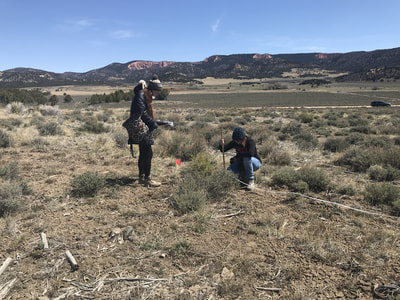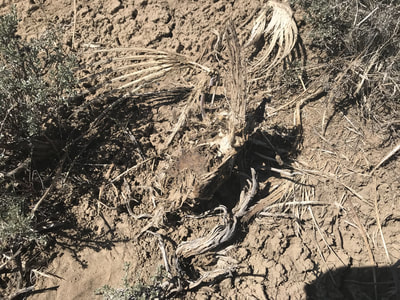GREATER SAGE-GROUSE HABITAT STUDIES
FALL 2017
FALL 2017
Introduction
What makes Science a unique style of understanding the world is the use of the Scientific Method: stating a question, posting a hypothesis, collecting data, analyzing the data and the determining whether to support or refute the hypothesis.
This page contains data and images collected by students of Rowland Hall during field trips to Southern Utah. During these field trips they collected data to study habitat preferences of female Greater sage-grouse.
This page contains data and images collected by students of Rowland Hall during field trips to Southern Utah. During these field trips they collected data to study habitat preferences of female Greater sage-grouse.
Background
|
In the spring, female Greater sage-grouse are watching males display on leks (a traditional place where males assemble during the mating season and engage in competitive displays that attract females) , in order to select the 'best' male to mate with. They are using sagebrush and other shrubs to hide from the elements and predators. Females are also looking for a place to make a nest once they mate. Nests are located under larger sagebrush, to protect the next and the hen from visual predators. |
Gathering Data
Rowland Hall students learned about Greater sage-grouse in Southern Utah. Then, we investigated the habitat of female sage-grouse. Using known locations of grouse, we compared habitat characteristics of these actual locations to random locations. We used these comparisons to support or refute our hypothesis.
|
Shrub Height
Measuring shrub height gives an indication is the sagebrush and other shrubs are high enough to provide shelter from the elements or to provide a nesting location. |
Ground Composition
Ground composition is a measure of what types of vegetation are in the landscape. Nesting hens prefer a diversity of plants such as grasses and forbs, surrounding their nesting location. This provides visual cover from predators. It is also harder to detect their scent in a mixed vegetation environment. |
